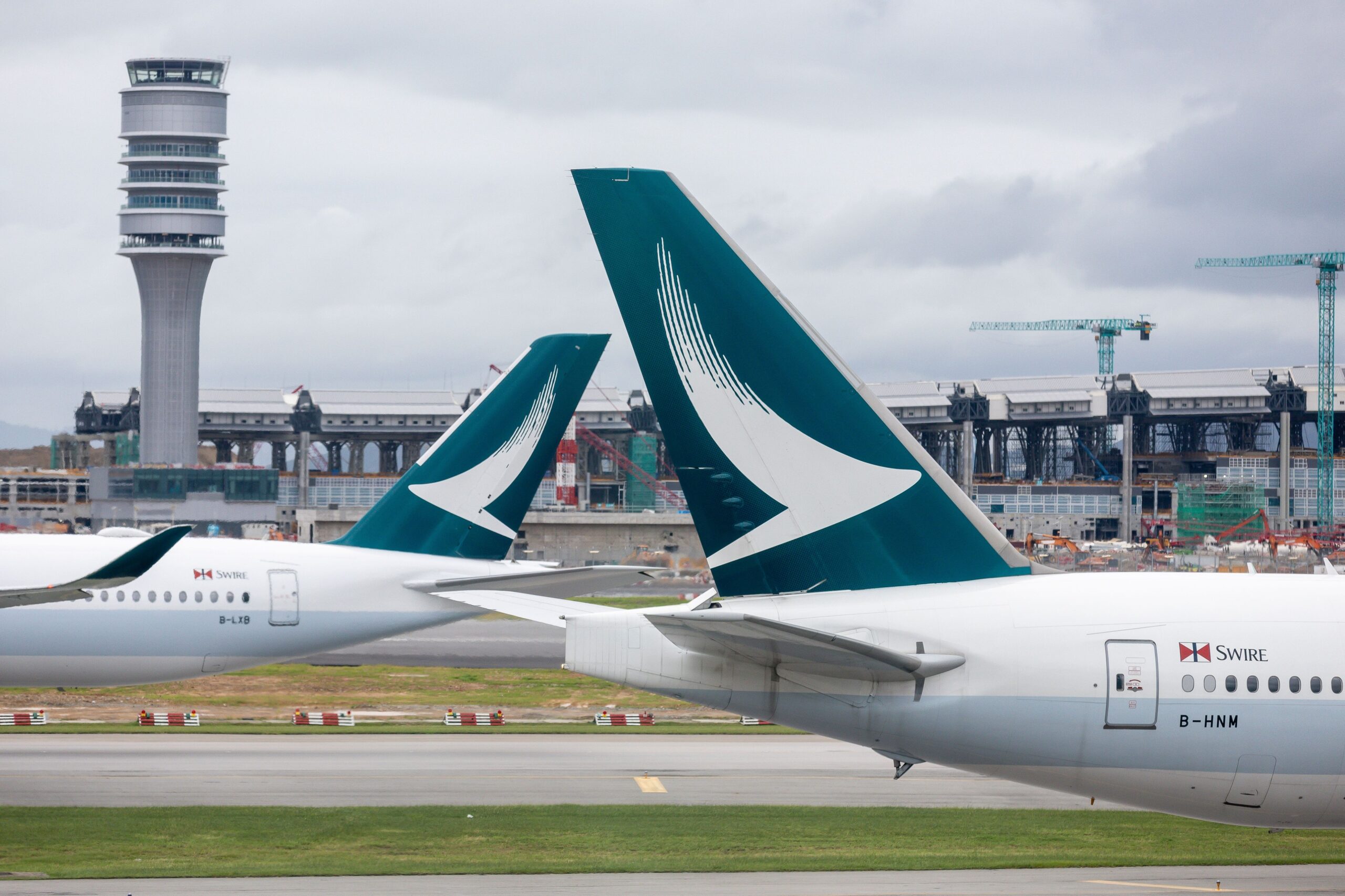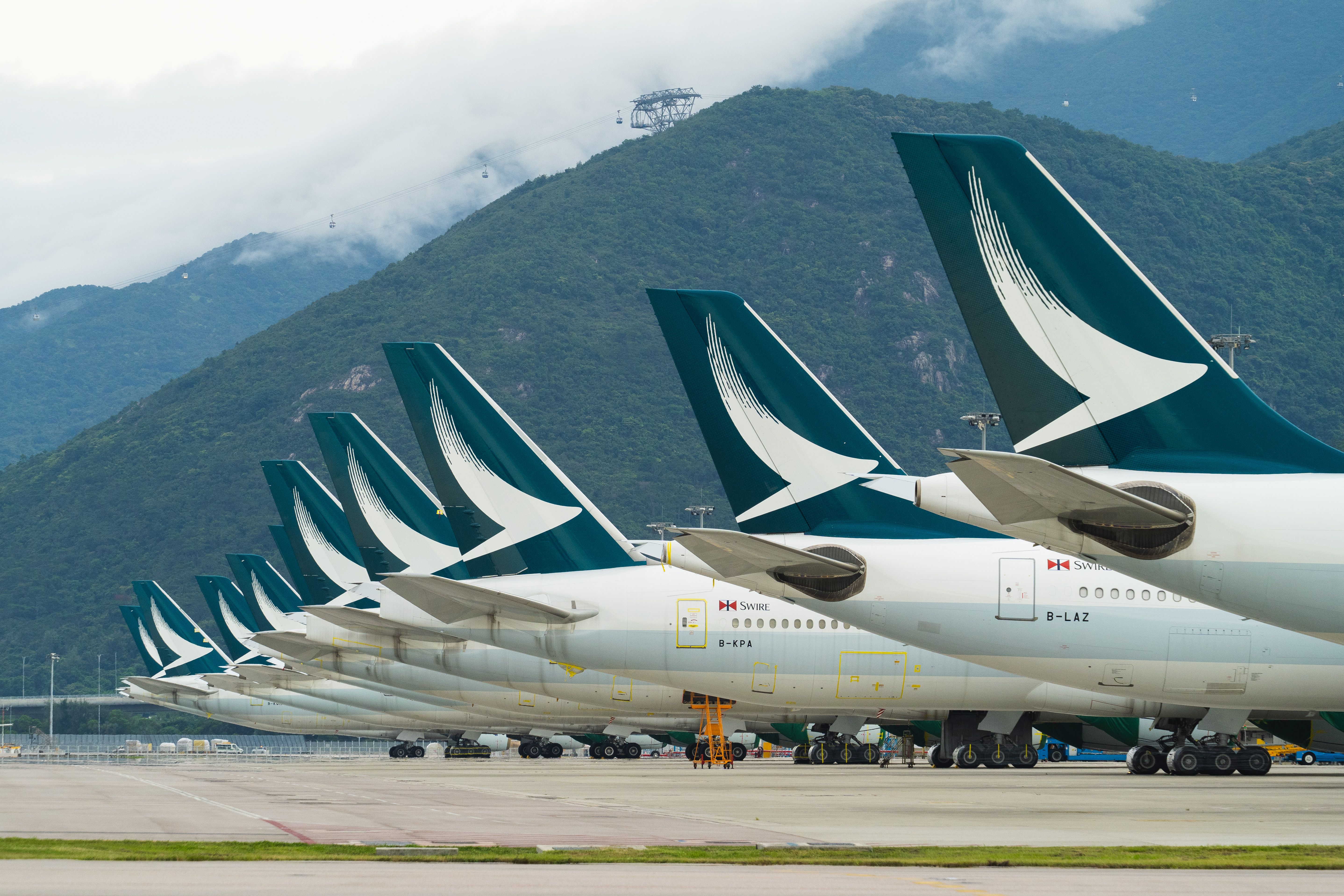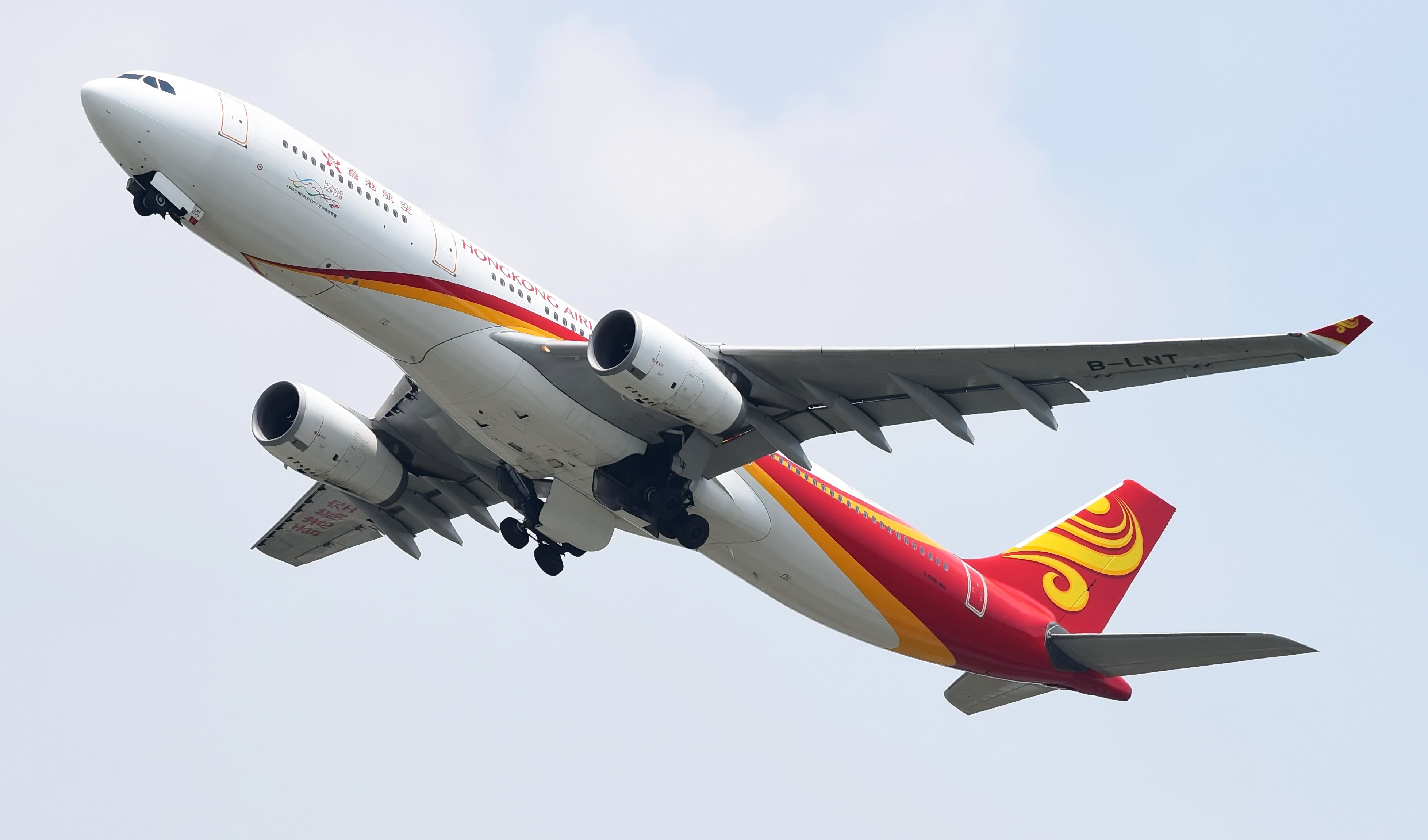Hong Kong International Airport (HKG) has confirmed that it will begin operating with its long-touted three-runway system (3RS) at the end of November, increasing the capacity at the airport, which was once one of the busiest in the world.
Last steps
In a statement on November 5, the airport said that after the Airport Authority Hong Kong (AAHK) acquired the aerodrome license and the 3RS was commissioned, all three runways will be operating under the system starting November 28.
“AAHK targets to obtain the aerodrome licence in November 2024, covering the operation of the existing South Runway and North Runway, the reconfigured Centre Runway, the associated taxiways and supporting facilities.”
The airport’s statement added that while the new north runway was commissioned in 2022, it has continued to operate with two runways since the center runway was temporarily closed for reconfiguration.
Photo: Phuong D. Nguyen | Shutterstock
This included the releveling of the runway pavement to tie in with the connecting taxiways, new entry and exit taxiways, new wrap-around taxiways, and more.
“As for 3RS passenger facilities, AAHK will start gearing up with business partners with a view to commissioning the expanded Terminal 2 by phases from end 2025 onwards. Preparatory work includes the on-site preparation for various passenger service, leasing of retail and service outlets, among others.”
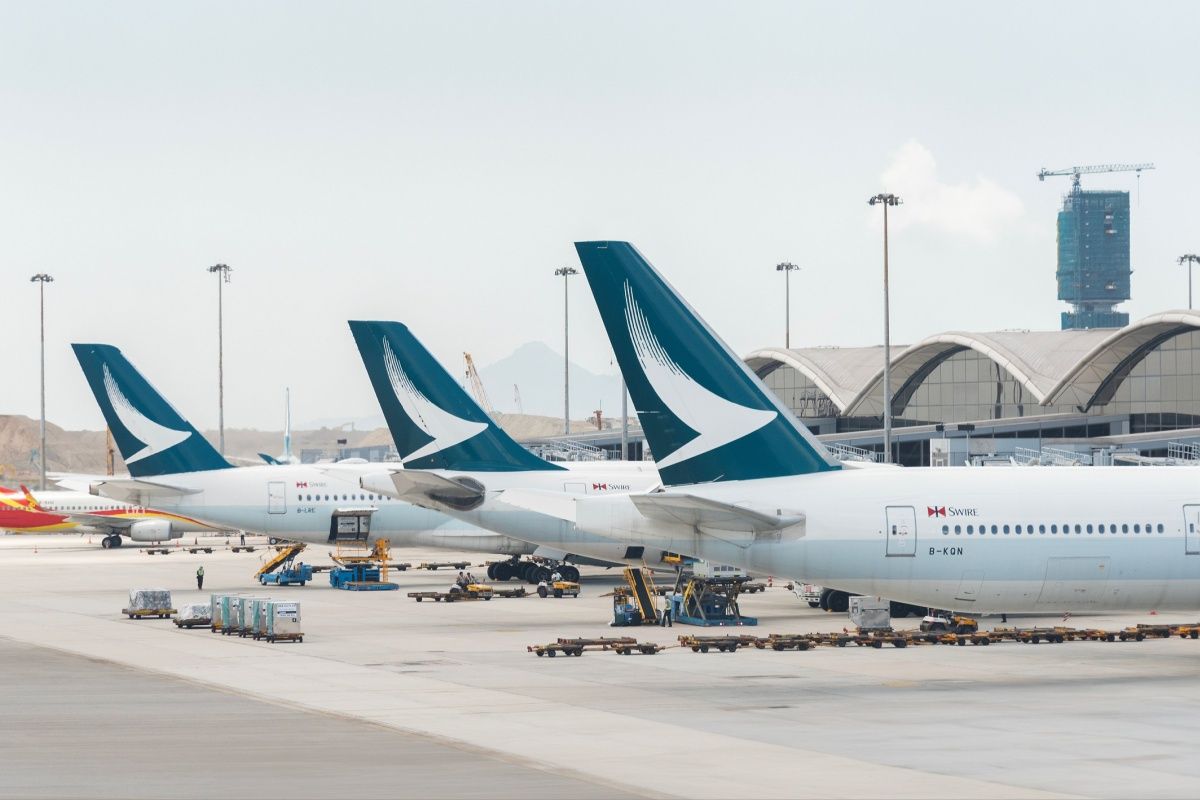
Related
Why Hong Kong Airport Remains An Integral Aviation Hub
Hong Kong is only 5 hours flight to 50% of the world’s population and is one of the world’s top airport hubs.
Strengthening Hong Kong as a hub
On the same day, the Super Terminal Expo 2024 hosted its first Asian edition at Hong Kong International Airport (HKG). At the event, Michael Wong, the Acting Financial Secretary of Hong Kong, highlighted that with the 3RS, the airport will be able to handle 120 million passengers and 10 million tonnes of cargo annually.
“It will make Hong Kong an even stronger aviation hub and allow us to serve the region and beyond even better.”
Photo: Terry K | Shutterstock
Vivian Cheung, the acting chief executive officer (CEO) of AAHK, added that innovation was the cornerstone of the authority’s operations, saying that with the expansion of the airport and its facilities, “the Airport City will become an iconic landmark in the Greater Bay Area and attract visitors from all around the world.”
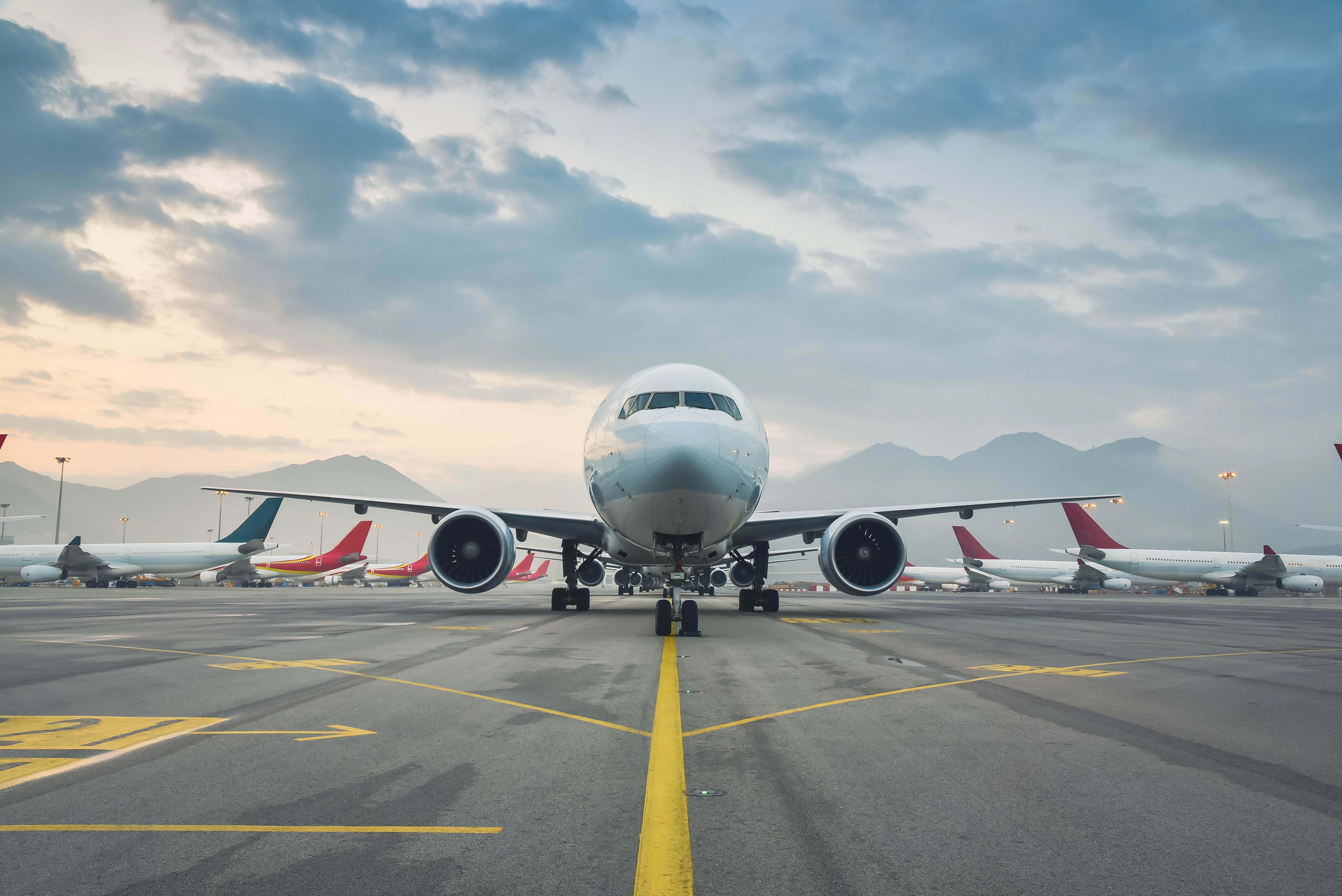
Related
Hong Kong Airport Passes 50% Recovery But Long Way To Go
Hong Kong International finished 2023 strongly and is now expecting to reach full post-COVID recovery by the end of 2024.
Difficult years
In 2018, Hong Kong was one of the busiest airports in the world, ranking eighth globally with 74.5 million passengers, according to a report by CNN.
The other three Asian airports in the top ten included Beijing Capital International Airport (PEK, 101 million passengers), Tokyo Haneda Airport (HND, 86.9 million), and Shanghai Pudong International Airport (PVG, 74 million).
However, since then, the airport and its main airline, Cathay Pacific’s, fortunes have turned for the worse. The city was rocked by pro-democracy protests, which aimed to curb China’s attempts to introduce an extradition bill, followed by the pandemic and China’s, and by extension Hong Kong’s, international border policies.
Photo: Omid Behzadpour | Shutterstock
Before those borders could even reopen, Russia invaded Ukraine in February 2022, causing an even deeper geopolitical rift between the Western world, Russia, and China, resulting in sanctions that have directly affected airlines’ desire to fly to China.
In June 2018, during the peak summer travel season, Hong Kong International Airport (HKG) had 3,477 outbound weekly flights, 203 (5.8%) and 153 (4.4%) of which went to Europe and the United States, respectively, according to data from the aviation analytics company Cirium.
During the same month in 2024, the airport had 2,617 weekly departures, with only 129 (4.9%) going to Europe and even fewer, 79 (3.01%), to the US, including Saipan.
.jpg)
Related
Virgin Atlantic Stops Offering Flights To Hong Kong
The shocking and sudden decision comes just as Hong Kong finally relaxes most of its pandemic restrictions.
